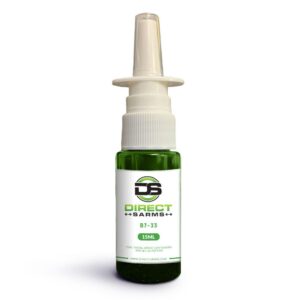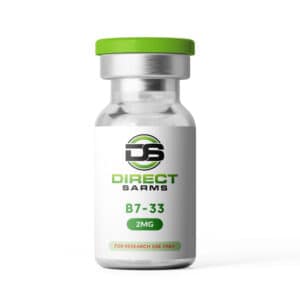B7-33
Buy B7-33 Peptides Online From Direct Sarms Slovakia
Strong anti-fibrotic actions can be seen in B7-33. There is a lot of Slovakia research and study to see if it can help reduce fibrosis in short-term and long-term conditions like heart failure, lung inflammation, kidney disease, and others.
B7-33 has shown to be effective in reducing fibrosis by about 50% in Slovakia animal trials, resulting in increased post-injury survival and providing the first novel treatment option for heart failure in over 20 years.
It has been demonstrated that it can minimise the production of excessive scar tissue after heart damage. It has also been shown in Slovakia research that it can be used to treat preeclampsia, which is a condition that can happen during pregnancy.








